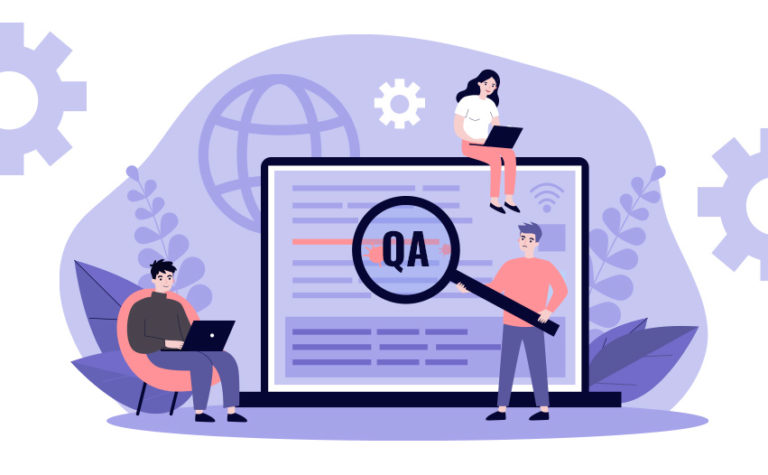The tester plays an important role in the development of the application: he participates at all stages of the project from the idea to the release, and even without such specialists, it is impossible to support the product after the release.
The reliability, security, and performance of the application will depend on the quality of testing. A QA engineer from the YuSMP Group talked about what non-free testing looks like. Save the material so that you can check your contractor later.

Who does product testing and how
Testing is handled by the QA (Quality Assurance) department. But before the testers get to work, each developer is obliged to check for operability and go through the main user cases on their own.
As we have already said, testers are involved in the process from the very beginning: specialists can find bugs in the design, when working with requirements, or "catch" unaccounted scenarios. Below we talked about all the stages of testing.
Testing stages
The first stage is working with requirements. The tester gets acquainted with the requirements from the customer and forms an idea of the final product.
Participates in discussions and clarifies requirements.
The second stage is the development of a testing strategy. At this stage, the tester evaluates the deadlines, thinks over which test design techniques he will use, and collects and studies all the information on the feature.
The third stage goes in parallel with the direct development.
Next comes the creation of test documentation. This is a test report that includes:
- checklist for features with checks to be performed;
- test data and their preparation;
- setting up the test suite if necessary.
When the feature has already been developed, QA connects and performs testing on the checklists that they have compiled and starts bugs.
The next stage is the stabilization of the feature: work is underway to eliminate bugs. Development fixes bugs, and QA deals with their verification and final editing of the feature documentation.
The final stage in the development of a certain feature is operation. At this stage, regression testing of the feature is carried out, eliminating the identified errors that can be detected during regression testing.
At this stage, the feature can be tested on users: that is, release it to the combat environment and get feedback from people, as well as view statistics. In the future, this information helps to improve the product.
What helps to make testing better
QA uses several approaches in their workdays.
- QA checks all the tasks of developers for compliance with the result of the original statement of the problem. This includes the verification of bugs and tasks, SRS, and designs.
- QA is engaged in test design. Test documentation is being prepared, including checklists, bug reports, and test cases.
- Implementation of the testing management system. Specialists store and systematize documentation. Describe the testing processes, the processes of passing regression periods on the project, and the processes of smoke testing. Generate reports on the conducted testing.
- Distribution of roles in the team. There is a QA Lead and a QA on duty (a transferable role).
- Regular meetings where the team shares knowledge about the project and new features, as well as life hacks and testing experience.
The more routine processes are automated on the project, the faster the QA team will grow.
What is important to keep in mind
QA in a good way should be connected to the project from the very beginning: this way they better understand the future product and do not waste time on unnecessary movements.
Testing consists of several stages and accompanies the project even after the release. This is a complex, longstanding process with a large amount of technical documentation, so it is better to choose experienced QA for the project.
The work of testers is closely related to development: therefore, contact must be established between the QA department and programmers. It is much better if both divisions belong to the same company.